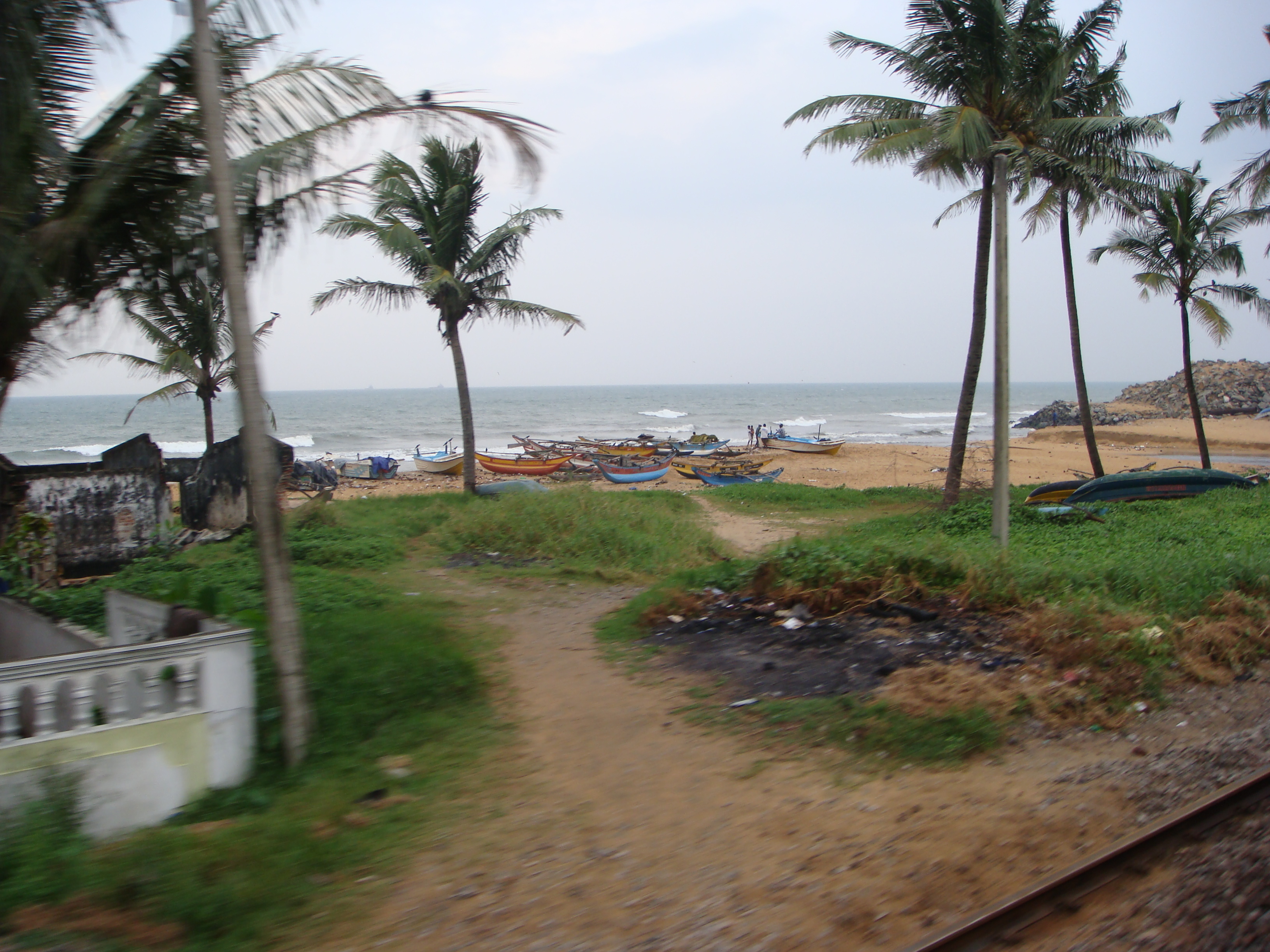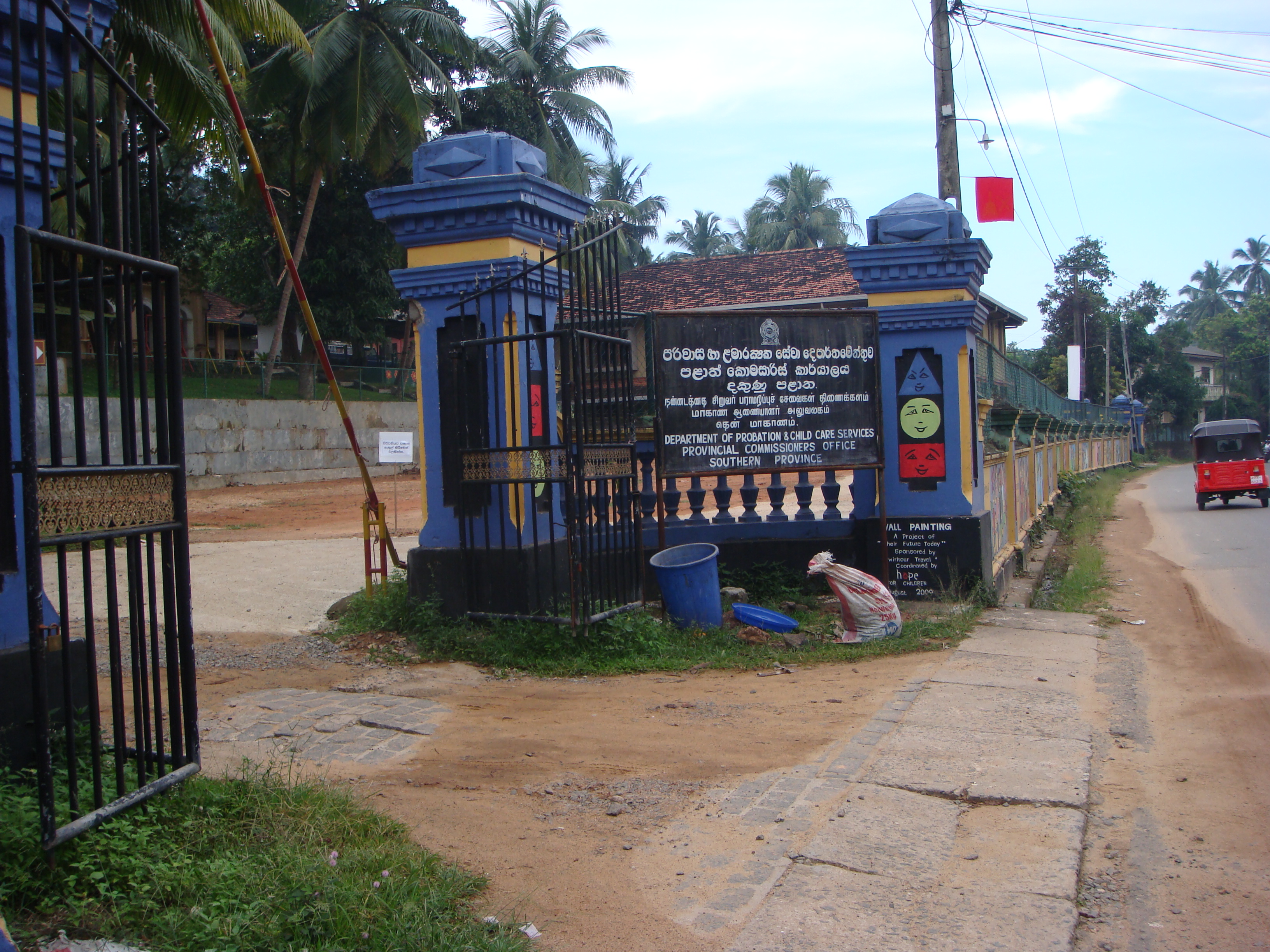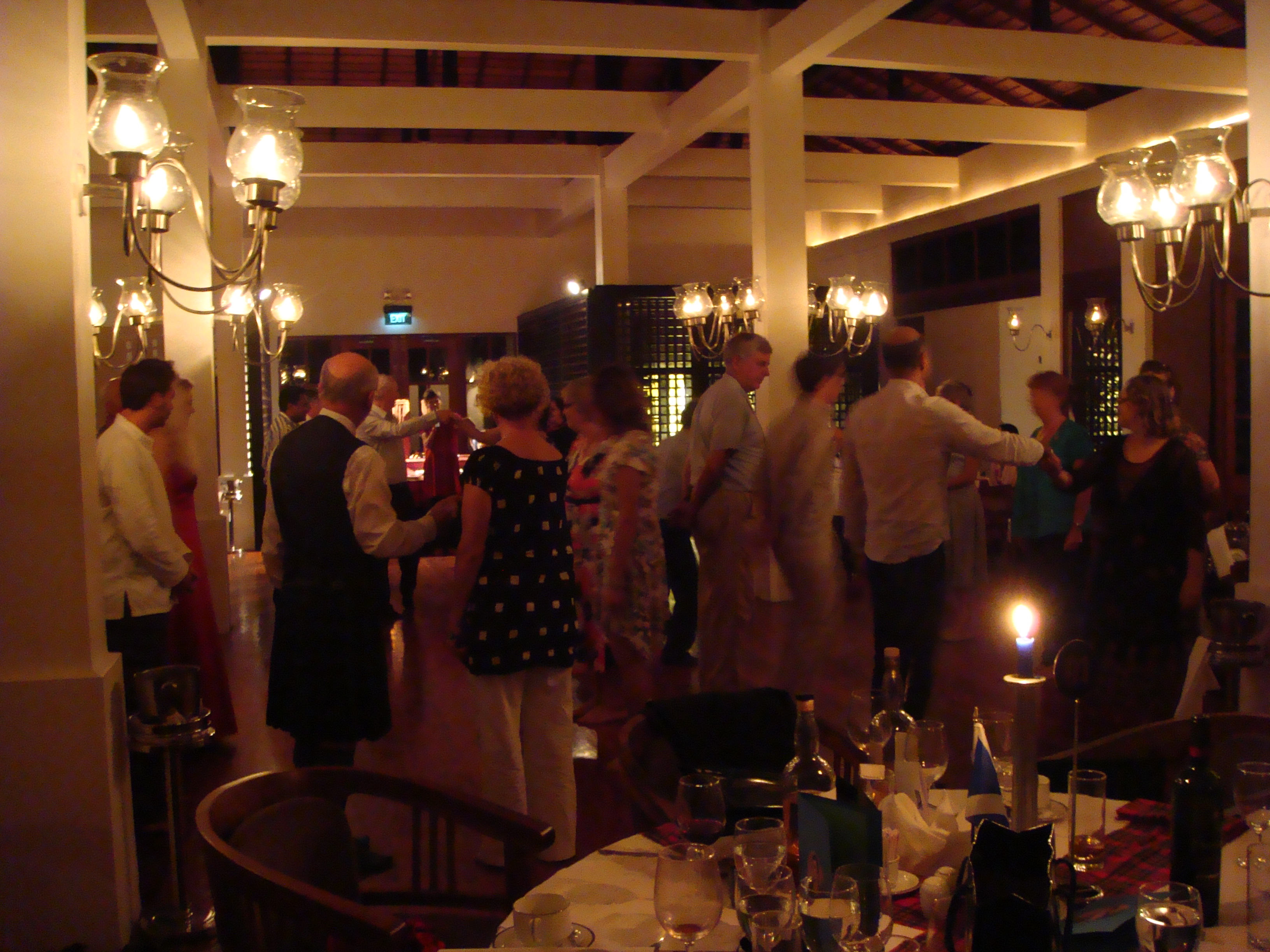
Tsunami Victims' village
Published January 30, 2011, last updated on October 5, 2017 under Voices of DGHI
By Wenfeng Gong (Winston)
Post 3: Scar from 2004 Tsunami
My local partner Chamika and I went to Colombo to purchase digital maps from the government for my research. In order to visit the Survey Department of Sri Lanka, I spent two weeks in preparing paperwork and waiting for the reference letter. Conducting research project in a different setting is always more difficult than expected. Fortunately, the result was satisfying. The trip back from the modern city of Colombo by train took us 3hours, which became an unforgettable journey for me. I observed the scar from 2004 Tsunami, which destroyed the coastal areas in east-southern Sri Lanka. The broken houses and the victims’ villages comprise a large part of the 120km coast. The affected people are still living in refuge-like temporary houses made by fragile wooden or plastic board. I saw children of tourists playing in fenced beaches, and outside the fence there are local children picking up plastic bottles or waiting for their fathers sailing back with fish.
I am not sure what they are living on or how their future would be, but I believe they deserve more attention from the outside.
Post 4: Orphanage Visit Through the local friends, I got a chance to visit an orphanage in Galle and played with the children for a while. The infrastructure of this public orphanage was generally acceptable due to outside donations. At least the kitchen and bathroom were clean and well-equipped, while a room I visited with 30 infants (<2 years) was a bit smelly. However, professional care and “love” are urgently needed by the children. For example, since none of the staff has received professional training, it is hard for them to really recognize the importance and appropriate procedures of washing their hands before touching the babies. What is even more important is that the staff does not have enough knowledge and time for mental care and behavioral education. While playing with the cute children in age 4, I was touched by them but also impressed by their aggressive behavior which should not belong to children in their age.
My camera was almost broken in a “fight”. I was told that these children are often found to be bitten, gripped, or hurt in other ways by the others, and most of the children do not use toilet appropriately in age 4. The kids from orphanage are likely to be isolated in schools because of their different behavior. While the shortage of labor in the orphanage exacerbates the difficulty of practicing behavioral education, the cultural barriers and the absence of volunteering system stop local people from helping in the orphanage.
[Photo: Galle orphanage from the outside]
Taking photos of the children is certainly not allowed in orphanage.
Post 5: Galle Literary Festival: Scottish night I attended a dinner in the Galle Literary Festival, which is the most important annual tourism event in Galle. Traditional Scottish country dancing, Scottish decoration and the music by bagpipe made the night a really wonderful culture experience for me. I also felt lucky that they didn’t tell me how the Haggis is made before I enjoyed it. I understand how foreign tourists are important for the recovering of Sri Lanka from the war and the tsunami.
However, the clear stratification of Sri Lankan society always makes me uncomfortable. The “superiority” of the former colonists is usually not forced on the local people but seems rooted inside the view of value by the normal Sri Lankans. [Photo: Scottish night}





